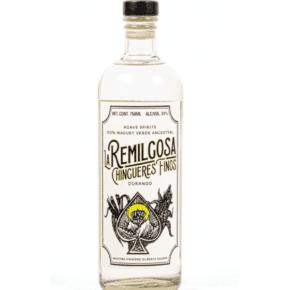What is a blanco or joven mezcal? According to the mezcal norm, a blanco or joven (young) mezcal is defined as “uncolored, translucent, and subject to no posterior processes.”
The terms blanco and plata are used interchangeably in Spanish to describe unaged agave spirits. Blanco means white and plata means silver. Tequilas in this category may be labeled as “silver” for international export. But because we’re talking about agave spirits, of course it can’t actually be that simple. Read on to learn more about the difference between aged and unaged agave spirits and how terminology differs bizarrely across the various types of mezcals (and sotol).
Is reposado better than blanco?
Foreign consumers often make the mistake of assuming that reposado and añejo agave spirits are better because they are more expensive, but this is not actually the case. In fact, purists prefer blanco expressions because they best showcase the flavor of agave. It’s also harder to disguise imperfections in a blanco.
What’s the difference between tequila, mezcal, and sotol?
Legally, an unaged and unadulterated mezcal may also be called joven. But this term means something totally different in the tequila industry. A joven tequila can be a blend of a blanco with one or more other categories of tequila (but usually reposado) or a blanco tequila that has additives and coloring. These tequilas may also be labeled as “gold” and are usually mixtos. The same terminology is used in the bacanora and sotol industries, although all bacanora must legally be 100% agave.
Another difference between tequila and mezcal is that, according to the tequila norm, a blanco tequila can be rested in oak for up to two months, but few producers actually do this.
What is a joven raicilla?
Meanwhile, to complicate matters, the proposed raicilla norm calls unaged raicilla plata or the phrase “joven blanco,” but uses the term oro and reposada* interchangeably!
*Did we say reposada, not reposado? Yes. Raicilla may be referred to as either “el raicilla” (masculine) or “la raicilla” (feminine). Factions within the raicilla community argue about which term is more “traditional.” El raicilla tends to be used more on the coast, and la raicilla in the mountains. Since distilling technology likely migrated from the coast to the mountains, there’s a good argument that “el raicilla” is the original. That said, the NOM uses “la raicilla.”













Leave a Comment